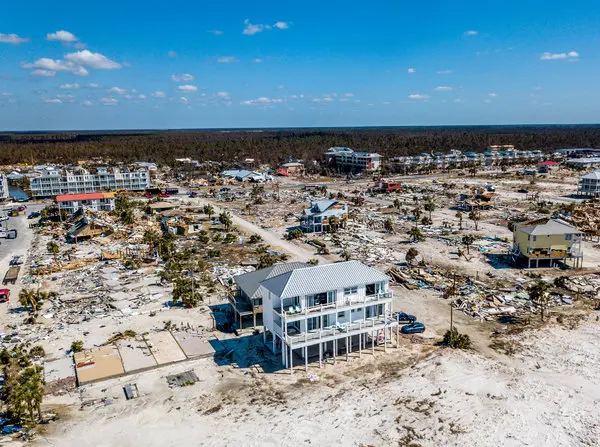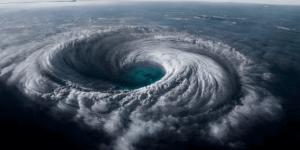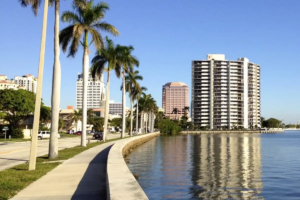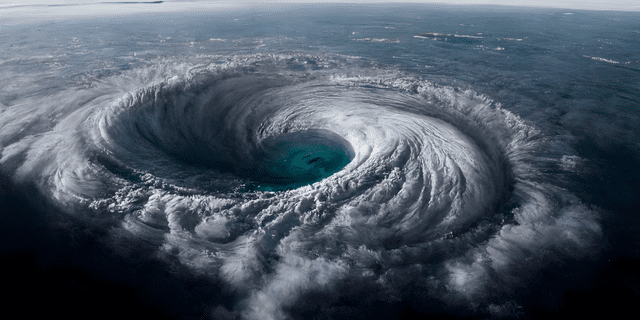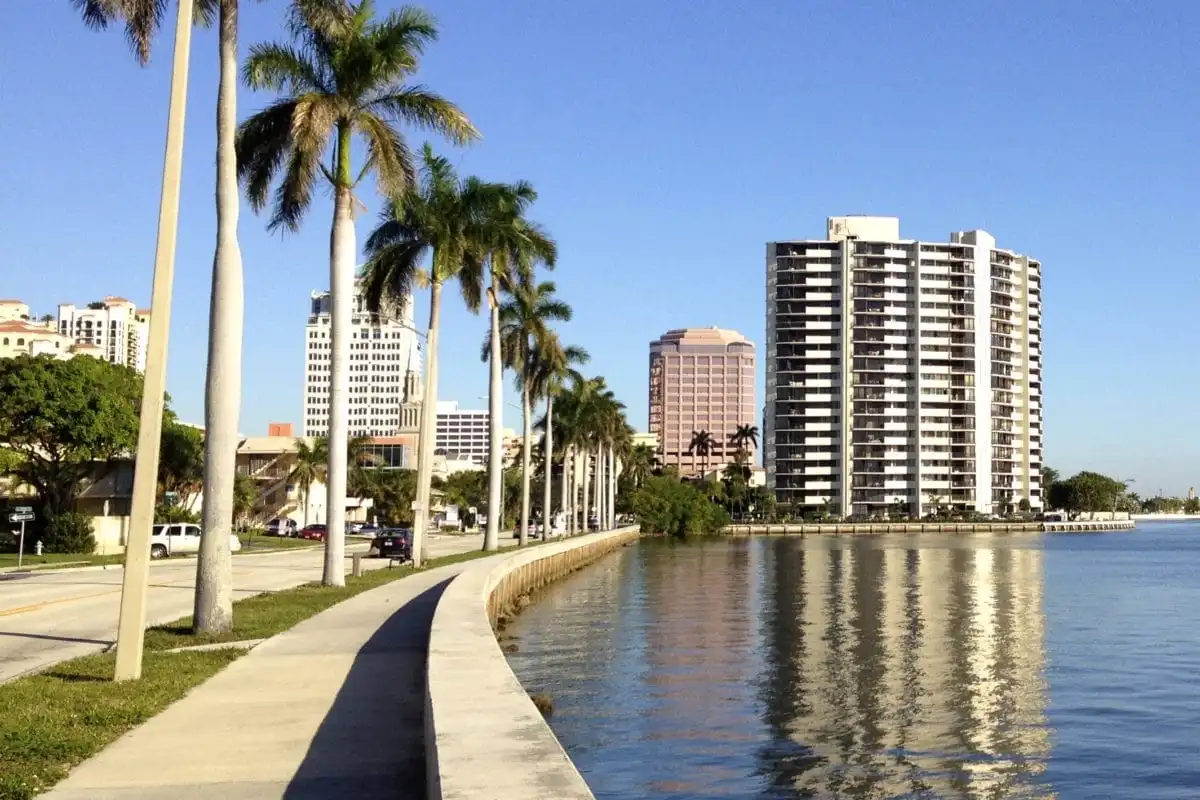Comprehensive Guide to Financial Resources After a Disaster
Natural disasters like hurricanes, tornadoes, floods, and wildfires are increasingly common, leaving devastation in their wake. Recovering from such events requires not just physical but financial resilience. This guide will walk you through the essential steps and resources available to help you rebuild your life and home.
1. Immediate Actions After a Disaster
Assess and Document the Damage
Your first step after any disaster should be to assess the extent of the damage and document it thoroughly. Take photographs and videos, noting the specific damages to your property and belongings.
Secure Your Property
Prevent further damage by securing your property. For instance, cover broken windows or holes in the roof to avoid water intrusion. This will also strengthen your insurance claim.
File an Insurance Claim
Contact your insurance provider promptly to file a claim. Ensure you have all necessary documentation, including photos, videos, and an inventory of damaged items.
Notify Your Mortgage Lender
If you’re unable to make mortgage payments, inform your lender. Many companies offer disaster relief programs, allowing temporary payment suspensions.
2. Insurance Coverage Limitations
Understand Your Policy
Not all insurance policies cover every type of disaster. For example, flood damage often requires a separate policy. Review your coverage to understand what is and isn’t included.
Explore Supplemental Options
If your policy falls short, consider additional resources such as:
- Flood Insurance: Available through the National Flood Insurance Program (NFIP).
- Windstorm Insurance: Separate coverage for hurricane-prone areas.
3. Government Assistance Programs
Federal Emergency Management Agency (FEMA)
FEMA offers financial assistance for uninsured or underinsured individuals. This includes funds for:
- Temporary housing
- Home repairs
- Medical and funeral expenses
Important: Application deadlines apply, so act quickly. Learn more at fema.gov.
Small Business Administration (SBA) Loans
Despite its name, the SBA provides low-interest loans to homeowners and renters in federally declared disaster areas. These loans can be used for:
- Repairing or rebuilding homes
- Replacing damaged belongings such as furniture and vehicles
Visit sba.gov for more details.
4. Additional Federal Resources
Federal Housing Administration (FHA)
The FHA offers no-down-payment loans for primary residences severely damaged in disaster areas. They also provide 203(k) loans for refinancing mortgages and covering major repairs. For eligibility, visit hud.gov.
USDA Rural Development Loans
The U.S. Department of Agriculture (USDA) offers loans for essential repairs to low-income homeowners in rural areas. Learn more at rd.usda.gov.
IRS Tax Relief
The IRS provides tax relief for residents in FEMA-designated disaster areas, including:
- Extended filing deadlines
- Exclusion of qualified disaster-relief payments from taxable income
For details, visit irs.gov.
5. Leveraging Personal Finances
Using Home Equity
If you have equity in your home, consider:
- Second Mortgage: A line of credit for repair costs.
- Refinancing: Borrow more than your current mortgage balance to receive cash for repairs.
Retirement Funds
Under certain conditions, you can access retirement savings without penalties to cover disaster-related expenses.
Insights
How can FEMA help with disaster recovery?
FEMA provides financial assistance for temporary housing, home repairs, medical needs, and even funeral costs. Apply promptly to meet deadlines.
What if my insurance doesn’t cover all damages?
Consider supplemental resources like FEMA grants, SBA loans, and using home equity to cover additional costs.
Are there loans specifically for rural homeowners?
Yes, USDA Rural Development loans cater to low-income homeowners in rural areas, offering funds for essential repairs.
Conclusion
Recovering from a disaster is a challenging journey, but the financial resources available—from insurance claims to government assistance—can help ease the burden. Act quickly, document thoroughly, and explore every option to rebuild your home and life effectively. For further assistance, explore resources like mba.org/disasterrecovery and local disaster relief programs.
By understanding and utilizing these resources, you can navigate the path to recovery with confidence and resilience.

